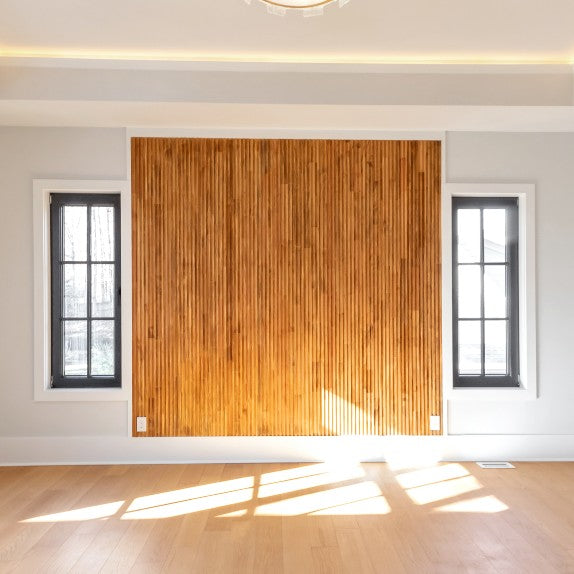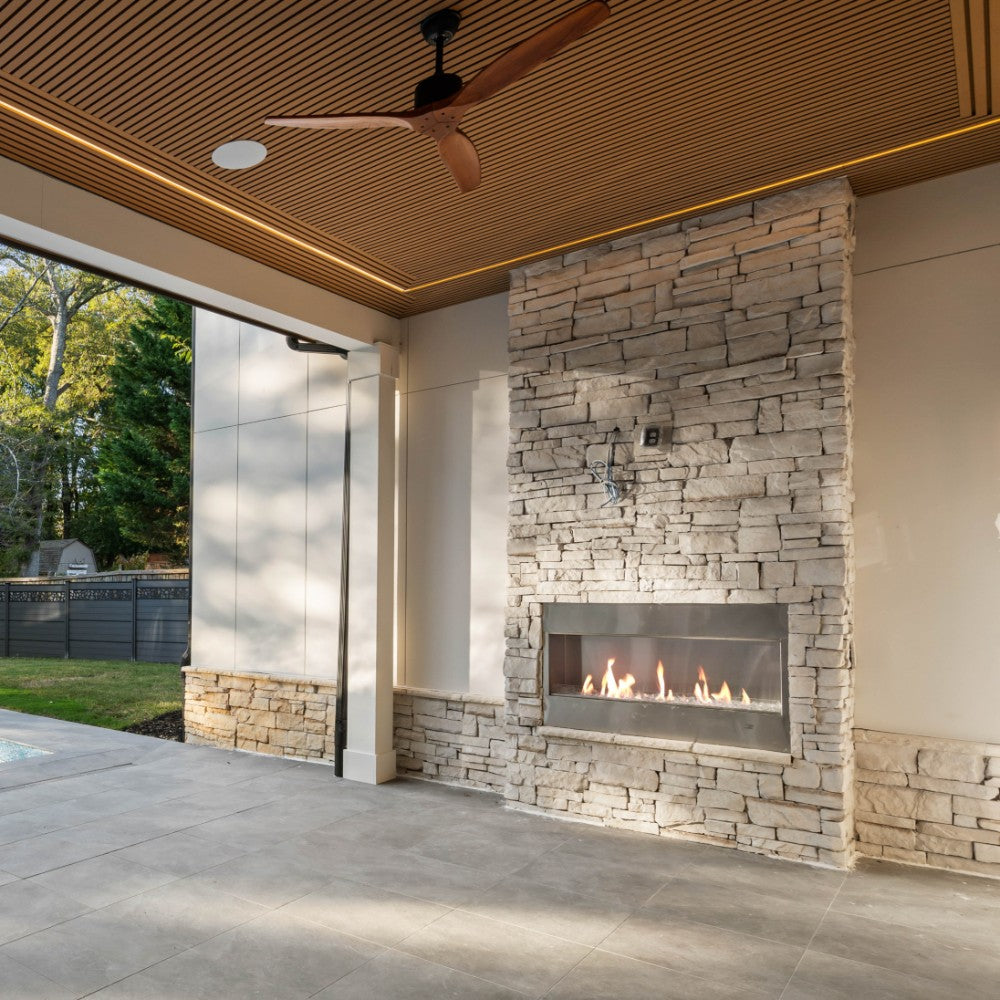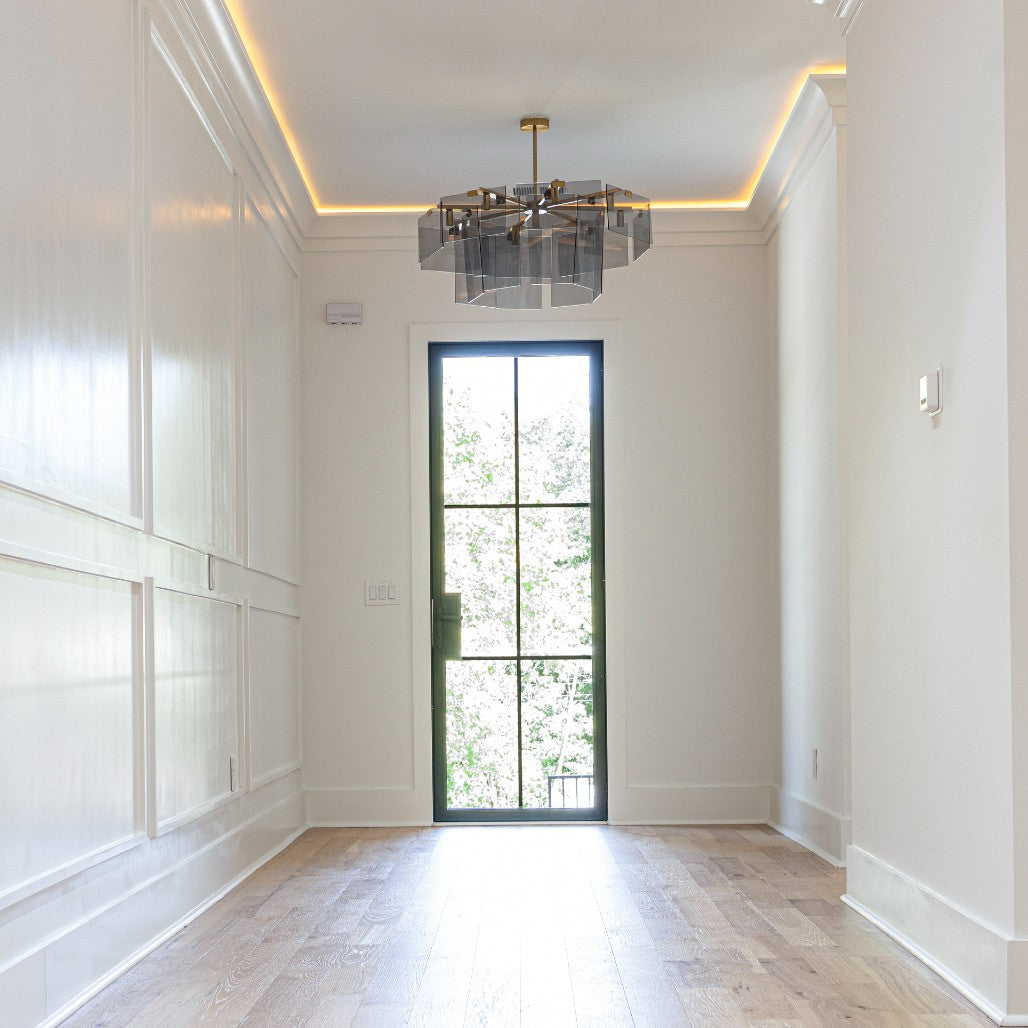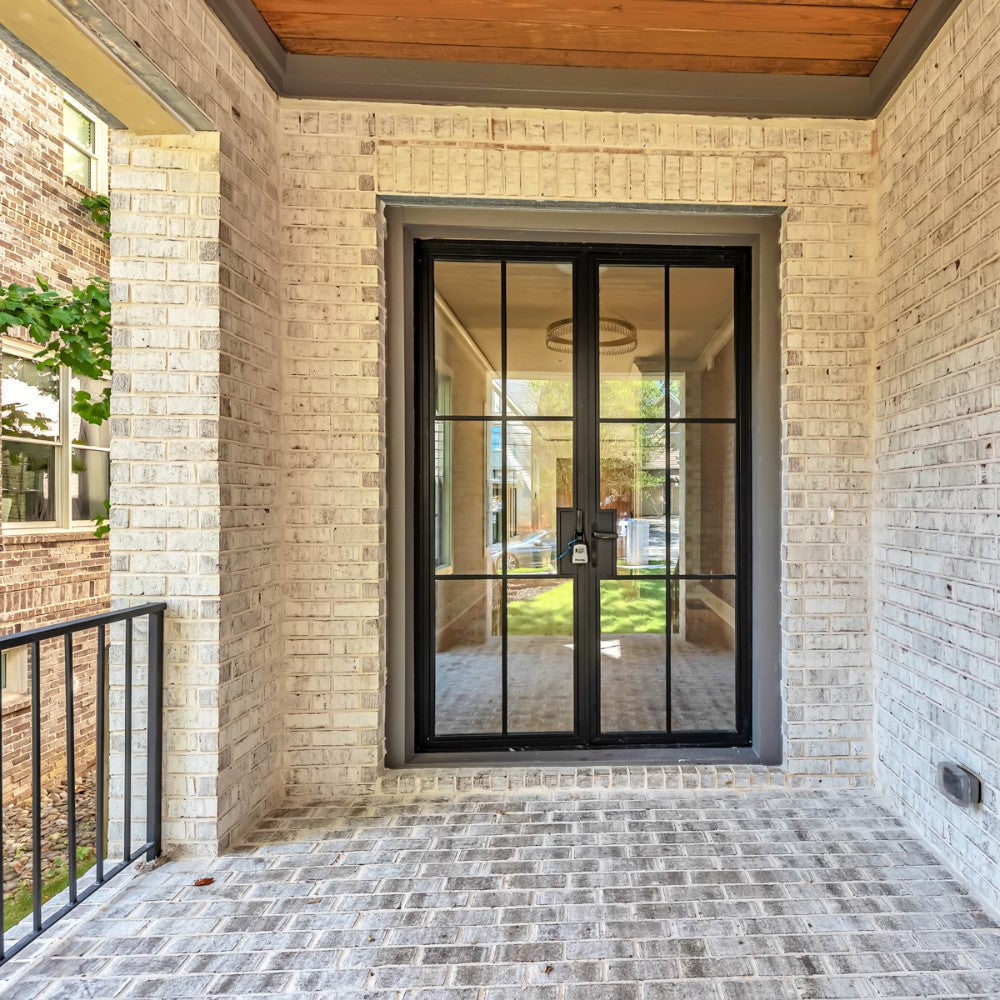
Tailored Ventilation: The Impact of Material Choices on Hood Vents
When it comes to hood vents, capability and aesthetics pass hand in hand. The choice of material now not best impacts overall performance affecting airflow, warmth resistance, and durability—but also defines the visible announcement a hood vent makes in a area. Whether for a sleek present day kitchen, a rugged commercial workshop, or a high-performance vehicle, choosing the proper fabric can mean the distinction between a vent that merely serves its purpose and one that enhances the entire environment.
From stainless steel and copper to aluminum and custom composites, each fabric brings specific benefits and demanding situations. Some provide advanced warmth resistance, at the same time as others offer a exclusive aesthetic attraction which could increase the overall layout. Understanding how these substances impact performance, toughness, and fashion is critical for making the proper preference. This article delves into the important thing factors that have to guide your choice, ensuring your hood vent isn't just a necessity however a standout characteristic in your space.
The Role of Material in Hood Vent Performance
Material choice is a essential detail in figuring out how correctly a hood vent competencies. Different substances reply uniquely to warm temperature, moisture, and airflow, affecting the vent’s capability to cast off smoke, grease, and odors successfully. Stainless metal, for example, is widely used for its sturdiness and resistance to corrosion, making it an great choice for kitchens and enterprise settings in which publicity to immoderate temperatures and grease buildup is common. On the opportunity hand, aluminum is mild-weight and value-effective however may not provide the identical diploma of durability in excessive-warm temperature environments. While aluminum may match well in low-depth residential settings, its tendency to dent and deform over time makes it plenty an awful lot much less dependable for industrial or high-widespread typical performance applications.
The thermal conductivity of a cloth additionally plays a critical function in usual average overall performance. Copper, appeared for its first rate warmth dissipation houses, can enhance ventilation with the resource of rapid dispersing heat, decreasing strain at the device, and retaining a cooler surroundings. Materials like galvanized metal, even as affordable and strong, may be vulnerable to rust over the years if no longer properly maintained, mainly in regions with excessive humidity or publicity to acidic fumes. Selecting the right cloth includes balancing ordinary standard overall performance, safety goals, and normal durability to ensure the hood vent operates correctly for destiny years. A well-selected cloth can enhance the effectiveness of air filtration, reduce the threat of overheating, and decorate wellknown kitchen safety by way of the usage of preserving air flow into at most satisfying stages.
Aesthetic Influence: Elevating Style with Material Choices
A brushed stainless-steel vent lends a graceful, contemporary attraction, making it a popular preference for present day kitchens in which easy lines and a refined look are favored. Meanwhile, copper vents with a elegant or elderly patina upload a hint of elegance and warmth, ideal for conventional, farmhouse, or rustic designs. The herbal getting older technique of copper lets in it to expand a wealthy, natural patina over the years, growing a unique appearance that evolves with the gap. Additionally, the end of the material—whether matte, smooth, or textured—similarly contributes to the visual impact, permitting homeowners and designers to create a announcement piece in the surroundings.
For those seeking to create a totally specific or customized look, powder-protected aluminum offers a wide variety of colour options that could fit or assessment with contemporary decor. A bold black matte cease, for example, gives a contemporary-day commercial feel, while a brilliant white gloss can mixture seamlessly into minimalist interiors. More complicated designs, along with laser-reduce styles or blended-material combinations, allow for delivered personalization and may turn a easy vent proper right into a placing design function. Whether making a decision upon a vent that blends into the heritage or one which stands out as a focal point, material desire plays a essential characteristic in shaping the overall aesthetic.
Durability and Maintenance: Keeping Your Hood Vent in Prime Condition
The sturdiness of a hood vent is largely decided through the durability of the cloth used. Stainless metallic remains a top contender because of its resistance to rust, stains, and immoderate temperatures, making it a reliable desire for each domestic and professional kitchens. This material is non-porous, that means it gained’t take in grease, odors, or micro organism, making it an super preference for preserving hygiene. Copper, whilst aesthetically appealing, requires everyday sharpening to hold its luster and prevent tarnishing. Over time, publicity to air and moisture reasons copper to oxidize, leading to a herbal patina that some house owners discover appropriate, even as others opt for common sprucing to preserve its vivid end intact.
Cleaning and maintenance additionally variety relying on the material. Stainless steel can with out troubles be wiped down with moderate cleaners, at the same time as copper also can require specialized products to keep its wealthy colour. Galvanized metal, even though robust, may be at risk of corrosion through the years, necessitating periodic inspections and protecting coatings to increase its lifespan. Additionally, substances with coatings, along side powder-covered aluminum, require mild cleaning to avoid chipping or fading. Selecting a fabric that aligns with your maintenance alternatives can hold time and effort while ensuring the hood vent stays in most useful circumstance, functioning successfully with out requiring frequent maintenance or replacements.
Heat Resistance: How Materials Withstand Extreme Temperatures
Hood vents are uncovered to constant heat, making thermal resistance a crucial thing in fabric selection. Stainless metal and copper excel in excessive-temperature environments, keeping their structural integrity with out warping or degrading over time. This is particularly important in industrial kitchens and professional-grade home setups, in which intense warmness is a day by day incidence. A first-rate chrome steel hood vent, for instance, can withstand speedy temperature fluctuations without dropping its form or effectiveness, making sure dependable air flow in high-demand environments.
Aluminum, at the same time as mild-weight and easy to put in, does no longer offer the equal level of warmth resistance as metal or copper. Prolonged publicity to excessive temperatures can cause aluminum to weaken, decreasing its lifespan in annoying conditions. Over time, immoderate warm temperature can also reason aluminum to discolor, making it less appealing from a visible perspective. For the ones looking for an opportunity, ceramic-lined or enameled metallic offers introduced warm temperature resistance even as providing extra layout flexibility. These substances combine the electricity of steel with the heat resistance of ceramic, making them an wonderful desire for high-average performance kitchens that require long-time period sturdiness. Choosing a material that might undergo severe conditions ensures prolonged-term reliability and safety, preventing troubles like warping, cracking, or compromised airflow overall performance.
Customization Options: Creating a One-of-a-Kind Hood Vent
Customization plays a key role in creating a hood vent surely particular. From complicated laser-cut designs to embossed patterns, various substances allow for innovative personalization. Copper, for instance, may be handcrafted into tricky designs that provide a kitchen or workspace a distinct individual, making it a useful but creative centerpiece. Stainless metallic can be engraved or paired with glass factors for a contemporary touch, adding a layer of class that blends nicely with current appliances and kitchen aesthetics.
Beyond visual enhancements, custom vent styles and sizes may be finished by means of deciding on malleable materials which includes aluminum or brass. These metals can be fashioned into curved or angular designs, providing extra flexibility in tailoring a hood vent to a particular space. Additionally, some manufacturers offer mixed-fabric alternatives, combining timber, glass, or stone factors with steel to create a greater integrated look. Whether aiming for a minimalist aesthetic or an ornate masterpiece, material selection opens the door to limitless customization opportunities, allowing homeowners and architects to create a vent that complements each capability and fashion.
Weight Considerations: Balancing Functionality and Ease of Installation
The weight of a hood vent is an essential thing, especially while thinking about set up and structural help. Heavy materials like copper and cast iron provide unrivaled sturdiness and a bold presence, however they require reinforced mounting to prevent strain on partitions or ceilings. Installing a heavy vent requires cautious making plans, as extra support structures may be needed to save you long-term pressure on the encircling area.
Stainless steel gives a stability among power and weight, making it a extensively selected choice for both residential and business installations. Aluminum, being significantly lighter, simplifies the set up method and is ideal for areas wherein structural assist is restrained. However, its lower weight comes at the cost of reduced sturdiness as compared to denser metals, that means that greater care should be taken to make sure it doesn’t dent or warp over the years. Powder-coated or composite substances provide a center ground, imparting sufficient strength without immoderate weight, making them a sensible choice for those searching for both durability and smooth set up.
The Perfect Blend of Performance and Style
Selecting the proper cloth for a hood vent is extra than only a design choice—it’s a vital element in making sure efficiency, sturdiness, and aesthetic concord inside any area. From stainless steel’s smooth resilience to copper’s undying attraction, every fabric offers awesome blessings that cater to exceptional desires. Heat resistance, preservation requirements, and structural aid all play vital roles in figuring out which choice will offer the exceptional long-time period consequences. Whether improving ventilation in a expert kitchen or adding a declaration piece to a domestic, the proper combination of material and design can increase each characteristic and style.
For those looking for pinnacle-pleasant creation materials, USA Builder Depot may be the best preference. Offering a wide selection of top class substances, which includes stainless steel, copper, aluminum, and custom options, we offer the entirety needed to create durable and visually putting hood vents. Visit our website today to discover our large catalog and discover how we can help carry your challenge to existence with expert guidance and top-tier substances.





